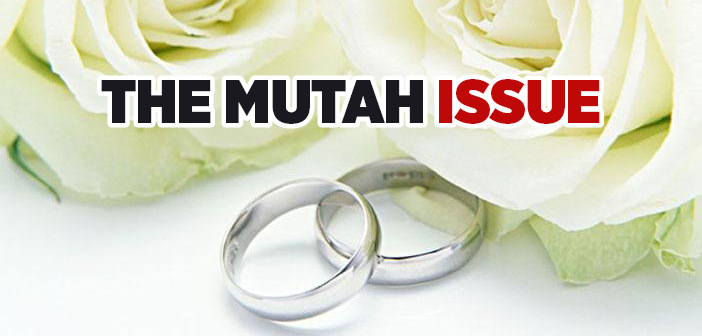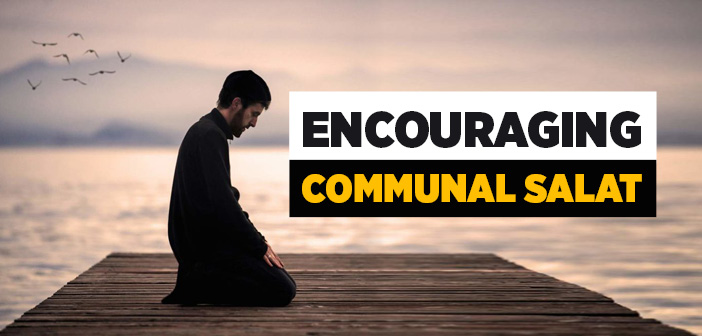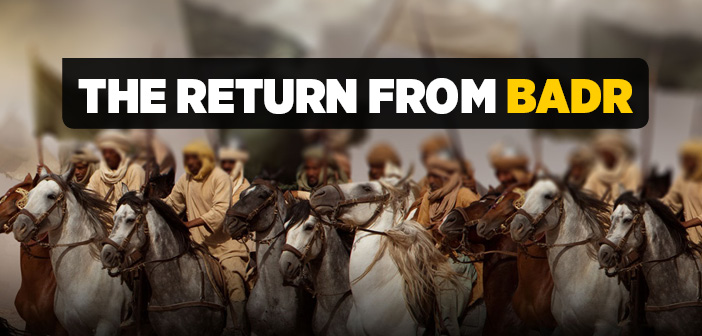What is mutah? What is mutah marriage?
Also prohibited around the same time as the Battle of Khaybar was the practice of contracting temporary marriage known as mutah, regarding which no prohibition had been revealed until then.
Ali -Allah be well-pleased with him- narrates that “During the Battle of Khaybar, the Messenger of Allah prohibited marrying women under mutah and eating the meat of domesticated donkeys.” (Bukhari, Maghazi, 38; Nikah, 31; Dhabaih, 28; Hiyal, 3; Muslim, Nikah, 29-32; Muwatta, Nikah, 41; Nasai, Nikah, 71)
Mutah, a practice which has its roots in the Age of Ignorance, is a type of marriage where the woman is hired for a temporary period of time in return for some payment. A mutah marriage is terminated once the designated term comes to an end. Right of inheritance, allowance and a waiting period after divorce, common to normal marriages, do not exist in a mutah marriage. It was therefore prohibited following Khaybar through numerous ahadith in regard. One of those is, “Now Allah, the Glorious, has prohibited it until the Day of Judgment. Whosoever is wed to a woman under mutah ought to set her free and not take anything back from what has been given to her as payment!” (Muslim, Nikah, 21; Ibn Majah, Nikah, 44; Darimi, Nikah, 16; Ahmad, III, 406)
On the return from the Tabuk Campaign, the Blessed Prophet -upon him blessings and peace- had decided to take a break near Saniyyat’ul-Wada. There, he saw a few women crying and asked them what they were shedding tears over. Someone explained on their behalf that they were “..women wed under mutah.” Thereupon the Messenger of Allah -upon him blessings and peace- declared, “Mutah has been annulled by the Islam’s rulings on marriage, divorce, the wait (after divorce) and inheritance!” (Ibn Balban, VI, 178; Darakutni, III, 259)
Thus a woman wed under mutah is not a wife, and according to the consensus of Muslim scholars, mutah is tantamount to fornication.
Ibn Abbas -Allah be well-pleased with him- explains the following:
“Before Islam, there was mutah. Upon arriving at a foreign place, a person would, under mutah, marry a local woman for the duration of the presumed time of his stay there. The woman would thereby keep an eye on his belongings and see to his various chores. This continued up until the Revelation, ‘…And who guard their private parts. Except before their mates or those whom their right hands possess, for they surely are not blameable.’ (al-Muminun, 5-6). All other relations, except for the two specified, are thus impermissible.” (Tirmidhi, Nikah, 29/1122)
The devastating social consequences of mutah include:
- a) The damage exacted on children born to such temporary marriages, who, like children born from extra-marital affairs, are made to grow up without fathers, and thus without adequate care and nurturing.
- b) As genealogical borders become blurry and offsprings unknown, it is probable that, down the track, a woman might enter a relation with her son, born from a man with whom he had once contracted a mutah. The same applies to the man; he might end up being together with his daughter, grand daughter and niece; or simpler said, someone eternally forbidden for him to marry. This is no doubt one of the greatest dangers of mutah, as attested to by many like tragedies throughout history.
- c) In most cases, it is impossible to distribute the inheritance of someone who has contracted mutah, simply because both the numbers and the identities of the persons’ inheritors remain unknown.
The dangers that come with mutah are indeed menacing. It is the same as laying waste to progeny. A woman, on the other hand, made to contract a mutah enters a spiritual downfall as the feeling of being leased is something tremendously demoralizing. Mutah is therefore a major blow struck at the core of a woman’s virtue. Could a person ever stomach seeing his daughter or mother contract a mutah in spite of all its disgust? That would suffice on its own to expose the depravity of mutah.[1]
[1] For a detailed exposition of the mutah issue, see İbrâhim Cânan, Nâmus Fitnesi Mut’a, İstanbul, 1993.
Source: Osman Nuri Topbaş, The Prophet Muhammed Mustafa the Elect II, Erkam Publications





